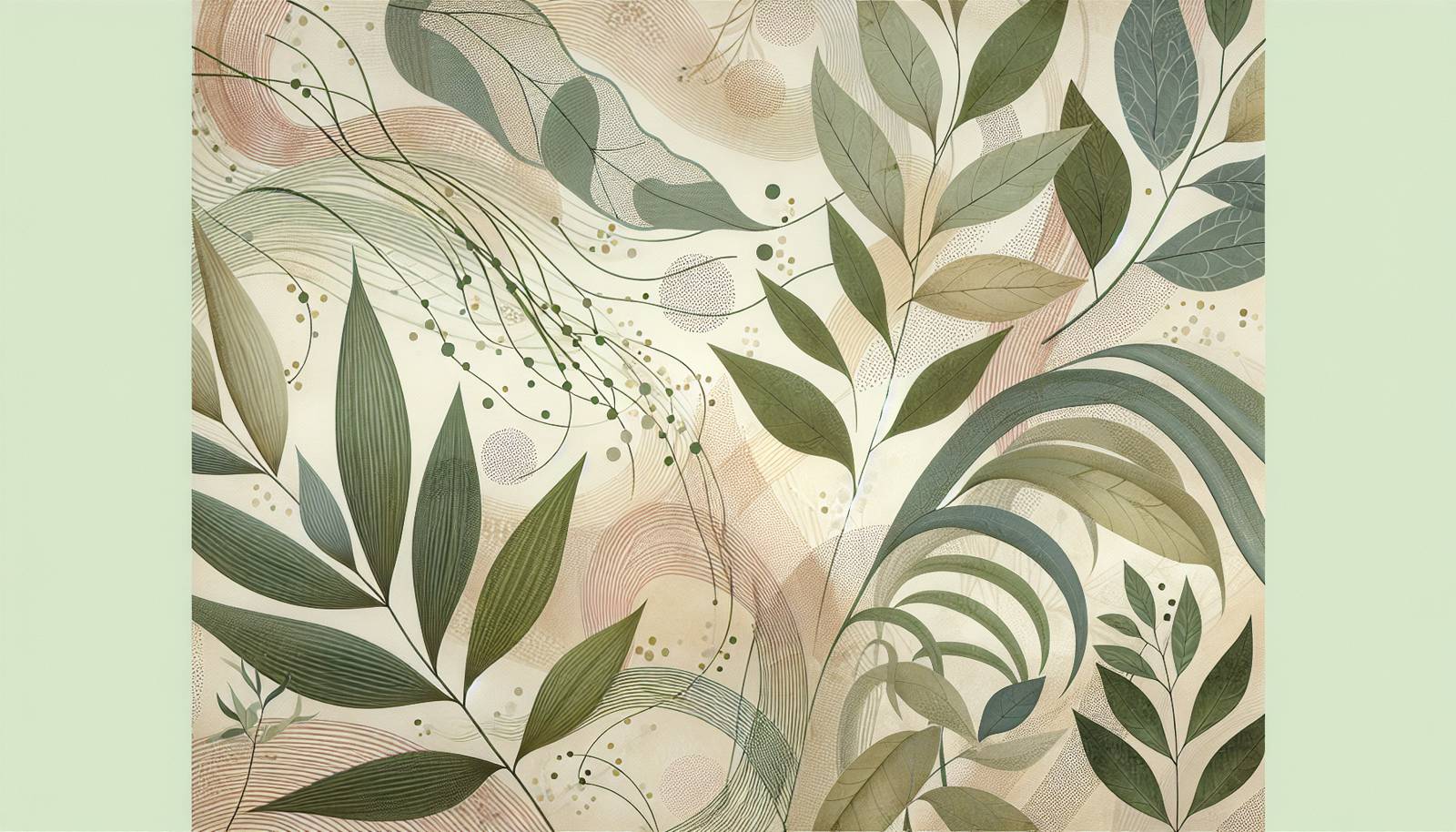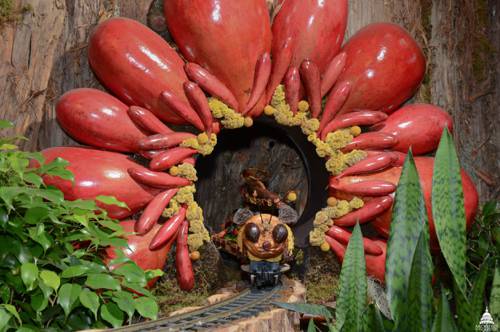
FAQ About Indoor Edible Fruit Plant Pollination

What is indoor pollination of edible fruit plants?
Indoor pollination refers to the techniques used to pollinate fruit-bearing plants grown indoors. Since indoor environments usually lack natural pollinators like bees, humans often need to manually assist the pollination process to ensure the plants produce fruit. These methods include hand-pollination using tools or natural methods like airflow.

Why is indoor pollination necessary for fruit plants?
Indoor pollination is necessary because indoor environments typically lack natural pollinators, such as bees, which aid in the pollination process. Without these pollinators, fruit plants may not be able to reproduce, leading to a lack of fruit production. Manual pollination techniques help replicate this natural process to ensure successful fruiting.

What are some common methods for pollinating indoor fruit plants?
Common methods for pollinating indoor fruit plants include hand-pollination using a brush or cotton swab, shaking the plant gently to mimic the action of natural pollinators, and using a small fan to encourage airflow. Each method aims to transfer pollen from the male parts to the female parts of the plants effectively.

Can all indoor fruit plants be pollinated manually?
Most indoor fruit plants can be pollinated manually, but the specific technique may vary depending on the plant species. It's important to research the particular needs of each plant to use the most effective pollination method. Some plants are self-pollinating, while others may require cross-pollination.

How can I pollinate fruit plants using a brush or cotton swab?
To pollinate using a brush or cotton swab, gently collect pollen from the male flower parts (stamens) and then transfer it to the female parts (pistils) of the same or another flower. This mimics the natural pollination process and can be repeated once daily during the blooming period for best results.

Is there a specific time of day to pollinate indoor fruit plants?
The best time to pollinate indoor fruit plants is typically in the morning when the flowers are fully open and the chances of pollen viability are highest. This increases the likelihood of successful pollination and fruit production.

What types of indoor fruit plants benefit from manual pollination?
Plants such as tomatoes, peppers, cucumbers, and strawberries benefit from manual pollination when grown indoors. These plants often require assistance with pollen transfer to ensure complete fertilization and fruit development.

How does a fan help with indoor plant pollination?
A fan helps with indoor plant pollination by creating air circulation, which can move pollen from the male to female parts of the plant, similar to how wind aids pollination outdoors. This method is particularly useful for plants with light, powdery pollen that can be easily displaced by airflow.

Can indoor lighting affect the pollination of fruit plants?
Yes, adequate lighting is crucial for indoor fruit plant pollination as it influences flowering and overall plant health. Insufficient light can lead to poor bloom development, reducing the opportunities for effective pollination and subsequent fruiting.

How do temperature and humidity affect indoor fruit plant pollination?
Temperature and humidity significantly affect indoor plant pollination. Most fruit plants thrive in moderate temperatures and humidity levels. Extreme conditions can reduce pollen viability and hinder successful fertilization. Maintaining optimal levels in your growing environment can improve pollination success.

What are self-pollinating plants, and do they need manual pollination indoors?
Self-pollinating plants contain both male and female reproductive organs in a single flower, allowing them to pollinate themselves without external assistance. However, in an indoor setting, gentle shaking or airflow can still improve the pollination rate to ensure fruit production.

How can I ensure successful cross-pollination for my indoor plants?
For successful cross-pollination indoors, ensure that compatible plants are placed close to each other to make pollen transfer easier. Manually transferring pollen using a brush between flowers from different plants can also assist. Research the pollination needs specific to the plant species for the best results.

What is hand pollination, and how is it done?
Hand pollination involves manually transferring pollen using tools such as a small brush or cotton swab from the male parts to the female parts of flowers. It is done by carefully brushing or dabbing pollen from the anthers to the stigma, typically when flowers are fully open.

Do all indoor fruit plants require manual pollination?
Not all indoor fruit plants require manual pollination. Some species, like certain types of peppers and tomatoes, can self-pollinate with minimal assistance. However, helping the process by shaking them or using fans can increase the likelihood and quantity of fruit set.

How often should I pollinate indoor fruit plants?
Pollination frequency can vary with plant species and flowering stages. Generally, it is recommended to perform manual pollination once every day or every other day throughout the flowering period to maximize fruit production.

Can I use a q-tip for pollinating indoor plants?
Yes, a q-tip can be an effective tool for pollinating indoor plants. It can be used in a similar manner to a brush or cotton swab to transfer pollen gently from one flower to another. This method is simple and inexpensive for home gardeners.

How important is flower selection for successful pollination indoors?
Selecting flowers that are fully open and mature is crucial as these are more likely to successfully pollinate and produce fruit. Budding flowers may not have fully developed reproductive parts, and over-mature flowers might have reduced pollen viability.

Can pollinating indoor plants improve fruit size and quality?
Effective pollination can indeed improve both the size and quality of the fruit produced. Ensuring that flowers are well-pollinated often leads to larger fruit and better development, enhancing not just the yield but also the taste and nutritional properties of the fruit.

What are some challenges with indoor plant pollination?
Challenges of indoor plant pollination include the absence of natural pollinators, ensuring adequate lighting and climate conditions, and achieving effective pollen transfer manually. Variation among plant species in their pollination requirements adds a layer of complexity to achieving successful fruiting.
